
Leukemia and Lymphoma
Latest News
Latest Videos

CME Content
More News

The top news out of the annual meeting of the American Society of Clinical Oncology (ASCO) highlighted findings in gliobastoma, HER2-low breast cancer, and Hodgkin lymphoma.

The PI3K cell-signaling network has been an important therapeutic target in oncology research for nearly 40 years ago, but the use of PI3K inhibitors in hematologic malignancies has come under scrutiny amid concerns about efficacy and safety.

Bruton tyrosine kinase (BTK) inhibitors are currently the only FDA-approved agents indicated specifically for patients with Waldenström macroglobulinemia.

Joseph Alvarnas, MD, vice president of government affairs at City of Hope and chief clinical adviser of AccessHope in Duarte, California, spoke on the influence that the California Cancer Care Equity Act is having on legislative efforts in other states, as well as future steps to promote accessible, affordable, and effective cancer care for patients nationwide.
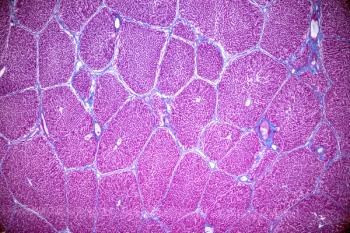
While chronic lymphocytic leukemia (CLL) typically progresses slowly, awareness of rare but potentially serious complications is crucial to improve outcomes.

Zanubrutinib is the latest of 3 Bruton tyrosine kinase (BTK) inhibitors approved for rare B-cell malignancies, such as Waldenström macroglobulinemia, a non-Hodgkin B-cell lymphoma (NHBCL); as a next-generation BTK inhibitor, zanubrutinib is designed to have less off-target effects.

Recent research suggested the idea of combining chimeric antigen receptor (CAR) T-cell therapy and Bruton’s tyrosine kinase (BTK) inhibitors for certain patients with advanced mantle cell lymphoma (MCL).


Coverage from the Irvine, California, meeting of the Institute for Value-Based Medicine, chaired by Joseph Alvarnas, MD, vice president for government affairs at City of Hope and chief clinical advisor, AccessHope.
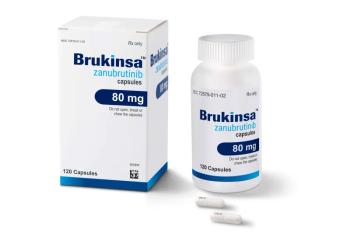
Results will be presented at an upcoming medical conference.
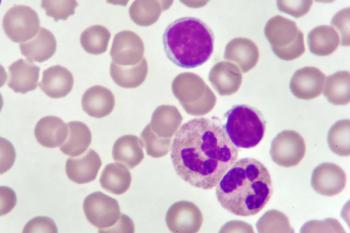
A recent review summarized the current landscape of Bruton tyrosine kinase (BTK) inhibitors in both hematological cancers and inflammatory disorders.

A Swedish population-based study adds to data suggesting men have a higher risk of lymphoma and likely higher mortality.

The annual report notes that progress in reducing cancer mortality is uneven among populations, with minority groups not seeing the same benefits from therapeutic advances. Cancers related to obesity are also on the rise.

A recent study showed that receiving Supplemental Nutrition Assistance Program benefits was not enough to address food insecurity among families whose children were fighting acute lymphoblastic leukemia.
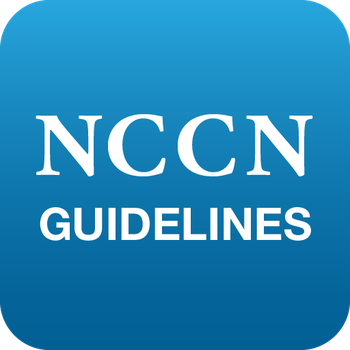
The National Comprehensive Cancer Network recommendations come as the FDA weighs an indication in chronic lymphocytic leukemia/small lymphocytic leukemia (CLL/SLL) for zanubrutinib.

The findings, which contradict prior North American studies, suggest that the incidence rate of the rare cancer continues to increase in the United States.
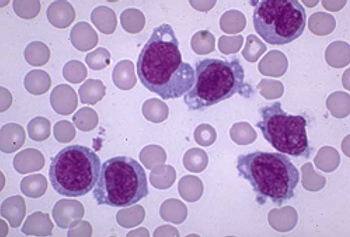
A retrospective study found that adolescents and young adults (AYA) receiving tyrosine kinase inhibitors (TKI) therapy for chronic-phase chronic myeloid leukemia (CML) had similar prognoses to older patients despite also showing higher tumor burden at diagnosis.
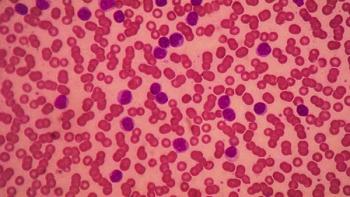
Offering an effective, tolerable, and chemotherapy-free option for patients with chronic lymphocytic leukemia (CLL), Bruton’s tyrosine kinase (BTK) inhibitors have drastically changed the disease’s landscape.

Three approaches—prophylactic immunoglobin, antibiotics, and vaccinations—were investigated for their effectiveness at infection prevention in 3 hematological malignancies.

There are some similarities among various value-based payment programs for cancer care, but they are not identical, said Susan Escudier, MD, FACP, vice president, value-based care and quality programs, Texas Oncology.

The study found that patients with Hodgkin lymphoma (HL) were at an increased risk of any mental health disorder, which was associated with worse long-term outcomes.

The findings can have important implications for shared decision-making between providers and their patients, as well as for future trials of treatments for the disease.

The findings, coming from the phase 3 SEQUOIA study, found that the next-generation, selective Bruton tyrosine kinase inhibitor had superior efficacy versus chemoimmunotherapy and demonstrated an acceptable safety profile among 600 older patients with comorbidities.

Cardiovascular disease (CVD) has, over time, becoming the leading cause of death for patients with early-stage classic Hodgkin lymphoma (cHL), surpassing the risk of death from cHL and other cancers.

Even though the Oncology Care Model (OCM) ended on June 30, 2022, there are some improvements that practices should continue implementing, said Susan Escudier, MD, FACP, vice president of value-based care and quality programs, Texas Oncology.





















































